عن باريج
شركة البريج للأدوية الأساسية هي شركة مصنعة للأدوية العشبية وأول شركة قائمة على المعرفة الصيدلانية في البلاد. تأسست هذه الشركة في عام 1992 بهدف تحسين وتعزيز صحة المجتمع.
المصنع: كاشان مشهد اردهال | هاتف: 4002 86 +98
مكتب طهران: رقم 78 ، شارع مرزافران ، بين أريعفر وسرسبز
يحظر استخدام المحتوى فقط للأغراض غير التجارية وبالإشارة إلى المصدر. جميع الحقوق المادية والفكرية لهذا الموقع مملوكة لشركة Barij Essence Holding.

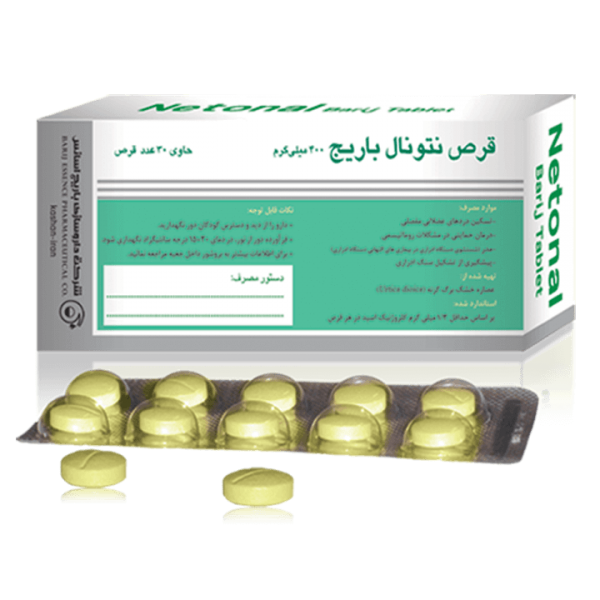
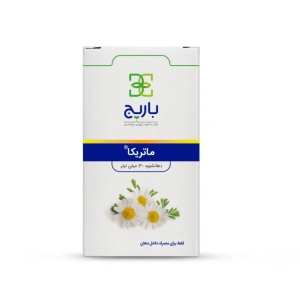
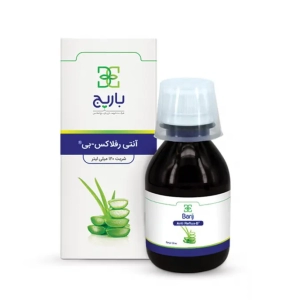
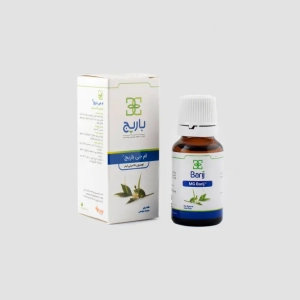
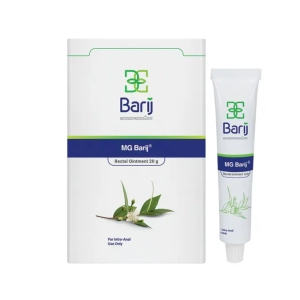
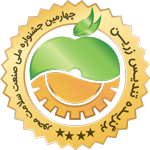


المراجعات
لا توجد مراجعات بعد.